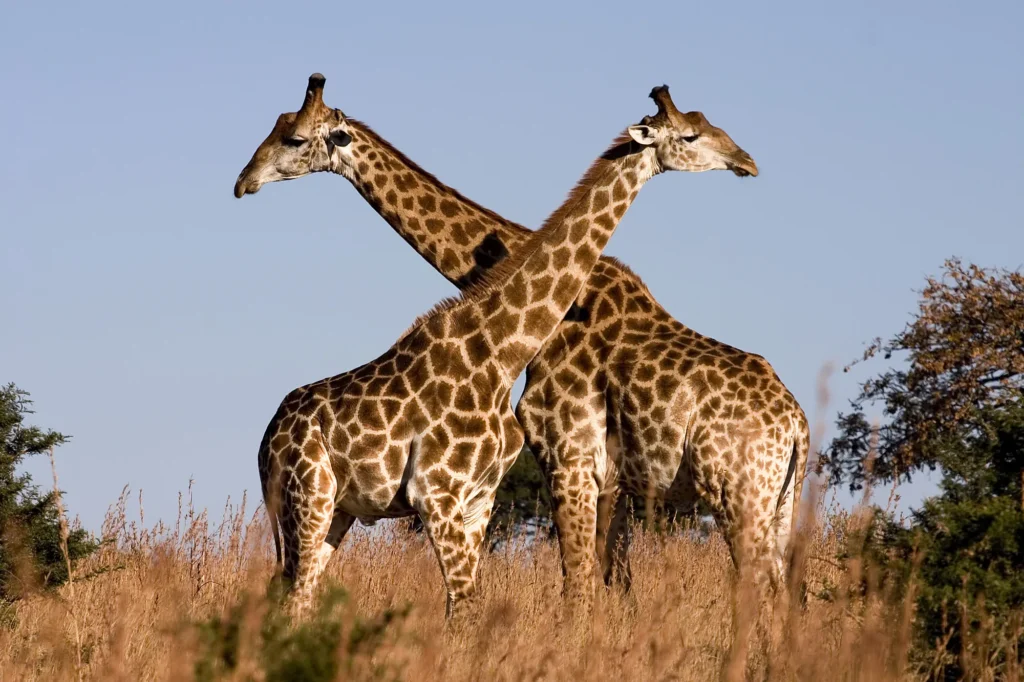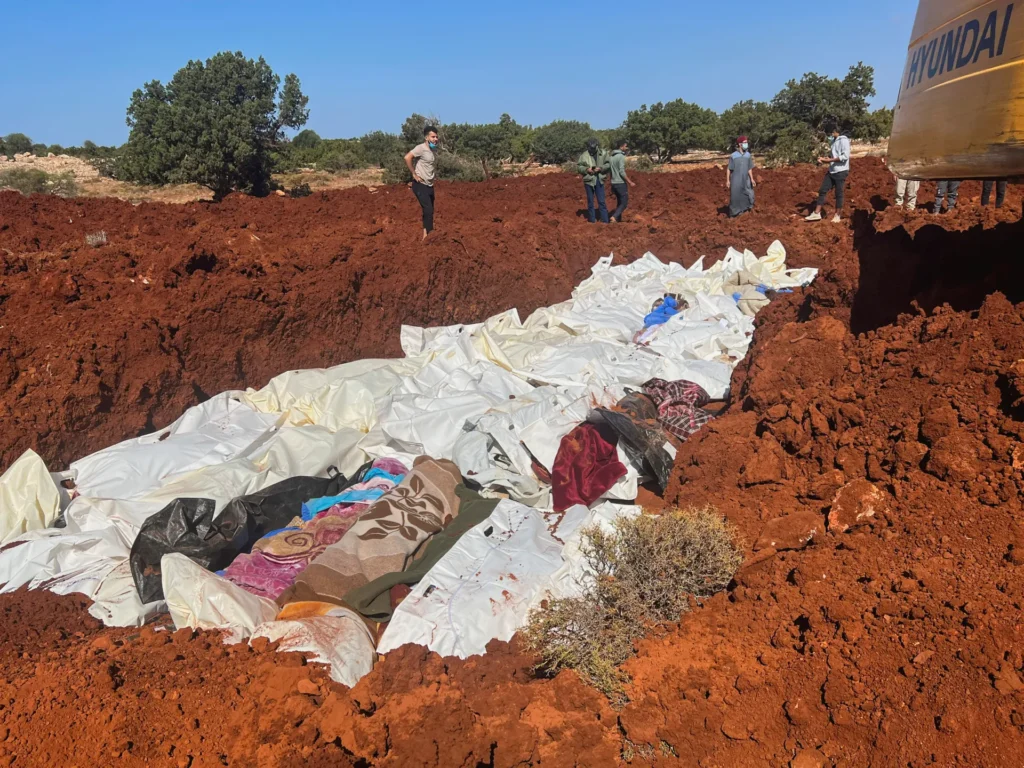
In the vast savannahs of East Africa, giraffes stand tall as iconic symbols of the region’s rich biodiversity. Beyond their graceful appearance and towering stature, these beautiful creatures possess a hidden marvel: unique spot patterns on their coats that rival the distinctiveness of human fingerprints. This discovery has become a valuable tool for researchers aiming to study and conserve these endangered animals.
Giraffe populations across East Africa exhibit varied and intricate coat patterns, which biologists have determined are as individualized as human fingerprints. Each giraffe’s distinctive arrangement of spots serves as a biological identifier, allowing scientists to identify and track individual animals over time and across different habitats.
Researchers employ advanced photographic and computerized imaging techniques to capture and analyze the spot patterns of giraffes. By photographing the coat of each giraffe encountered in the wild, they create a database that facilitates individual identification through pattern recognition software. This method not only aids in population monitoring but also enhances conservation efforts by tracking movements, behaviors, and health statuses of specific giraffes.
Conservationists emphasize that giraffes face significant threats, including habitat loss, poaching, and human-wildlife conflict. The ability to accurately identify and monitor individual giraffes enables targeted conservation strategies, such as habitat preservation and anti-poaching measures, tailored to protect vulnerable populations.
“We’re able to follow the life histories of giraffes in ways we never could before,” says Dr. Michael Chang, a wildlife conservationist involved in the initiative. “This knowledge is crucial for implementing effective conservation strategies and ensuring the long-term survival of these unique animals.”
The application of spot pattern identification has sparked collaborative efforts among research institutions, conservation organizations, and local communities across East Africa. Together, they work towards safeguarding giraffes and their habitats for future generations.
As giraffe populations continue to face challenges amidst a changing landscape, the discovery of their individual spot patterns represents a beacon of hope for their conservation. Through innovative research and dedicated conservation efforts, scientists and local communities strive to preserve the beauty and diversity of East Africa’s iconic giraffes, ensuring their survival in the wild.
In conclusion, the intricate spot patterns of giraffes serve not only as a biological marvel but also as a powerful tool for conservationists committed to protecting these extraordinary creatures in their natural habitats.




